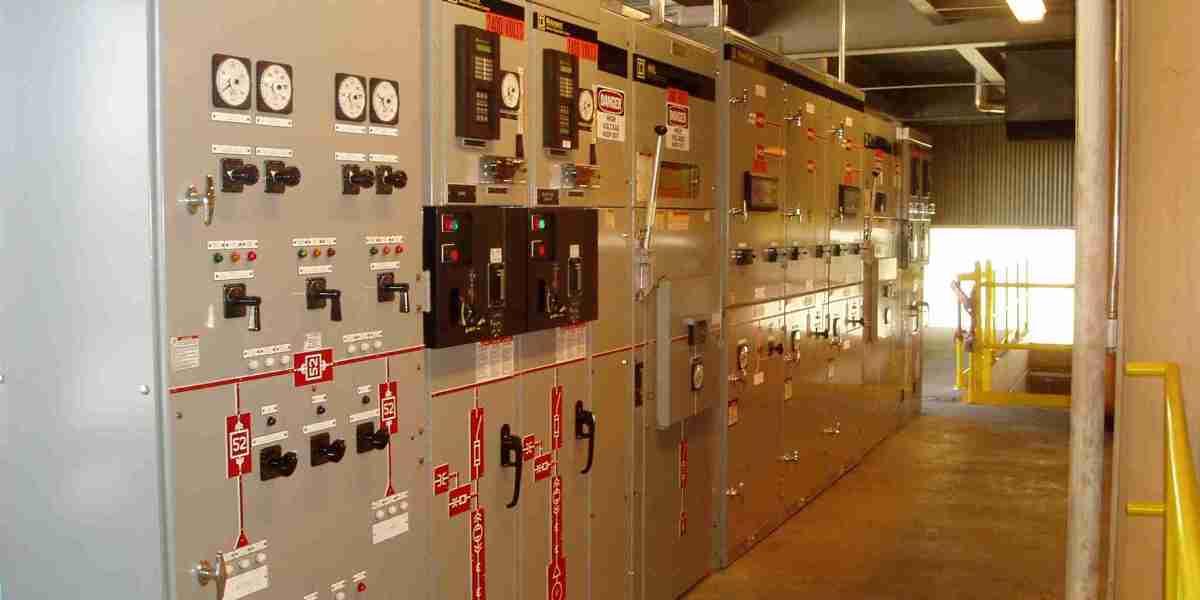Automated Guided Vehicles (AGVs) have become an integral part of modern industrial operations, providing solutions for material handling, logistics, and a variety of other applications. As technology continues to evolve, AGVs are playing a crucial role in transforming industries such as manufacturing, e-commerce, healthcare, and food and beverage. Their ability to automate repetitive and physically demanding tasks has increased efficiency, reduced labor costs, and improved safety in many environments. This article explores the diverse applications of AGVs across multiple sectors and industries.
1. Manufacturing and Assembly Lines
One of the most significant applications of AGVs is in manufacturing and assembly line environments. AGVs are used to transport materials, components, and finished products between different stages of the production process. In automotive manufacturing, for instance, AGVs are employed to carry car parts from one station to another, ensuring a smooth and continuous production flow. They can also deliver raw materials to assembly lines, move finished goods to storage, or transport waste to designated areas for disposal.
AGVs are particularly beneficial in environments where precision and efficiency are essential. By automating material handling, manufacturers can minimize human error, reduce downtime, and maintain consistent production speeds. Additionally, AGVs help optimize space utilization in factories by reducing the need for large storage areas and manual handling systems.
2. Warehousing and Distribution Centers
The warehousing and logistics sector is another area where AGVs have found widespread application. With the growing demand for faster and more efficient order fulfillment, AGVs have become critical in automating the transportation of goods within warehouses and distribution centers. AGVs can handle a variety of tasks, including inventory management, order picking, sorting, and packaging.
In e-commerce fulfillment centers, AGVs are used to transport products from storage areas to picking stations, and then from picking stations to packing areas. This reduces the time and effort required for manual labor and improves the speed and accuracy of order fulfillment. AGVs also help reduce operational costs by minimizing the need for forklifts and other material handling equipment, while enhancing safety by reducing the risk of accidents in busy warehouse environments.
3. E-Commerce and Retail
The rapid growth of e-commerce has significantly influenced the demand for AGVs. Retailers and e-commerce companies require high levels of automation to keep up with increasing order volumes and to provide fast delivery times. AGVs in e-commerce warehouses and distribution centers automate tasks like sorting, inventory management, and transporting goods, ensuring that operations run smoothly and efficiently.
In the context of e-commerce, AGVs are used to support a variety of activities. They can transport products to fulfillment areas, assist in replenishing stock on shelves, and even be integrated with robotic picking systems. AGVs reduce human involvement in repetitive tasks, freeing up workers to focus on more complex activities, and improving overall productivity.
4. Healthcare and Hospitals
AGVs are increasingly being deployed in the healthcare sector, particularly in hospitals and healthcare facilities. These vehicles are used to transport medical supplies, pharmaceuticals, linen, and other materials between different departments within a hospital. AGVs can carry heavy loads, operate autonomously, and navigate complex hospital environments, making them a valuable tool for improving operational efficiency in healthcare settings.
For example, AGVs are used to move sterilized equipment to surgical areas, deliver medications to patient wards, or transport dirty laundry to laundry facilities. By automating these repetitive tasks, hospitals can improve workflow efficiency, reduce the potential for human error, and increase safety for both patients and healthcare workers. AGVs also help in maintaining infection control, as they can operate without direct human contact, reducing the spread of contaminants.
5. Food and Beverage Industry
In the food and beverage industry, AGVs are utilized for transporting ingredients, packaging materials, and finished products. They help streamline processes by automating the transportation of goods between different stages of production, storage, and packaging. AGVs also play a key role in maintaining the hygienic standards required in food processing environments, as they can operate without direct human intervention, minimizing the risk of contamination.
In beverage production facilities, for instance, AGVs are used to transport pallets of raw materials, bottles, or packaged goods, and move them through various production and distribution stages. Their ability to operate in high-paced, dynamic environments while maintaining high levels of accuracy and efficiency makes them a valuable asset in the food and beverage sector.
6. Retail and Supermarket Applications
AGVs are also making their way into retail and supermarket environments, where they can be used for inventory management, restocking shelves, and transporting goods to different sections of the store. In large retail stores, AGVs can transport goods from backrooms to the sales floor, helping with restocking and ensuring that shelves are continuously filled.
Additionally, AGVs can assist in moving items that need to be stored in temperature-controlled areas, such as perishable food items in grocery stores. The flexibility of AGVs allows them to be deployed in diverse environments, helping retailers optimize their supply chains and reduce the need for manual labor.
7. Airport and Aviation Industry
In the aviation sector, AGVs are used for various ground handling operations at airports, including baggage handling, cargo transport, and the delivery of goods to airplanes. AGVs are used to move luggage from the check-in counters to the aircraft, ensuring that bags are delivered on time. In addition, AGVs are used to transport ground support equipment and materials across the airport premises.
AGVs contribute to increasing efficiency and reducing the risk of human error in airport operations. They can operate in the high-demand, high-traffic environment of an airport without requiring frequent breaks or supervision, making them ideal for these demanding applications.
8. Automated Guided Vehicles in Ports and Shipping
In ports and shipping industries, AGVs are used for container handling and transportation, moving containers from storage yards to ships and vice versa. AGVs help improve efficiency in ports by reducing manual labor and enhancing the accuracy of cargo movements. They help reduce the risk of errors or delays in cargo handling and can operate in environments with limited space and complex logistics.
Conclusion
The applications of Automated Guided Vehicles (AGVs) are vast and varied, making them a cornerstone of modern automation in many industries. From manufacturing and logistics to healthcare, food production, and airports, AGVs are transforming how businesses operate by improving efficiency, reducing costs, and enhancing safety. As technology continues to evolve, the capabilities of AGVs will only expand, leading to even more innovative applications and further driving the global trend toward automation.


